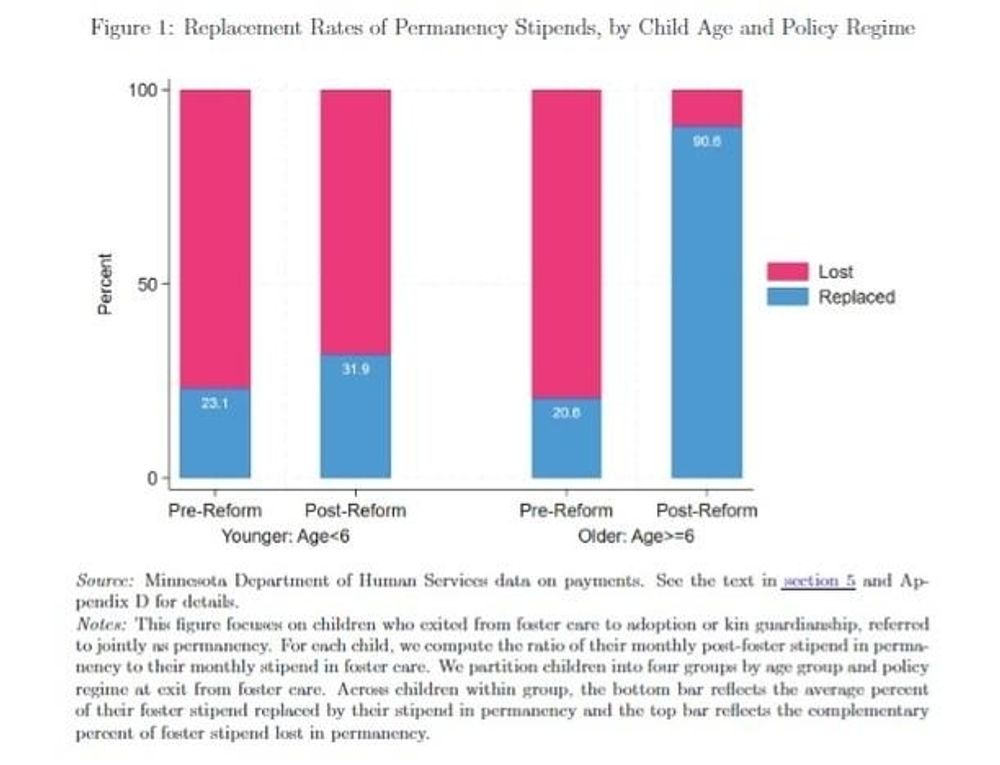Post
Financial Incentives for Adoption and Kin Guardianship Improve Achievement for Foster Childrenwww.nber.org Founded in 1920, the NBER is a private, non-profit, non-partisan organization dedicated to conducting economic research and to disseminating research findings among academics, public policy makers, an...
